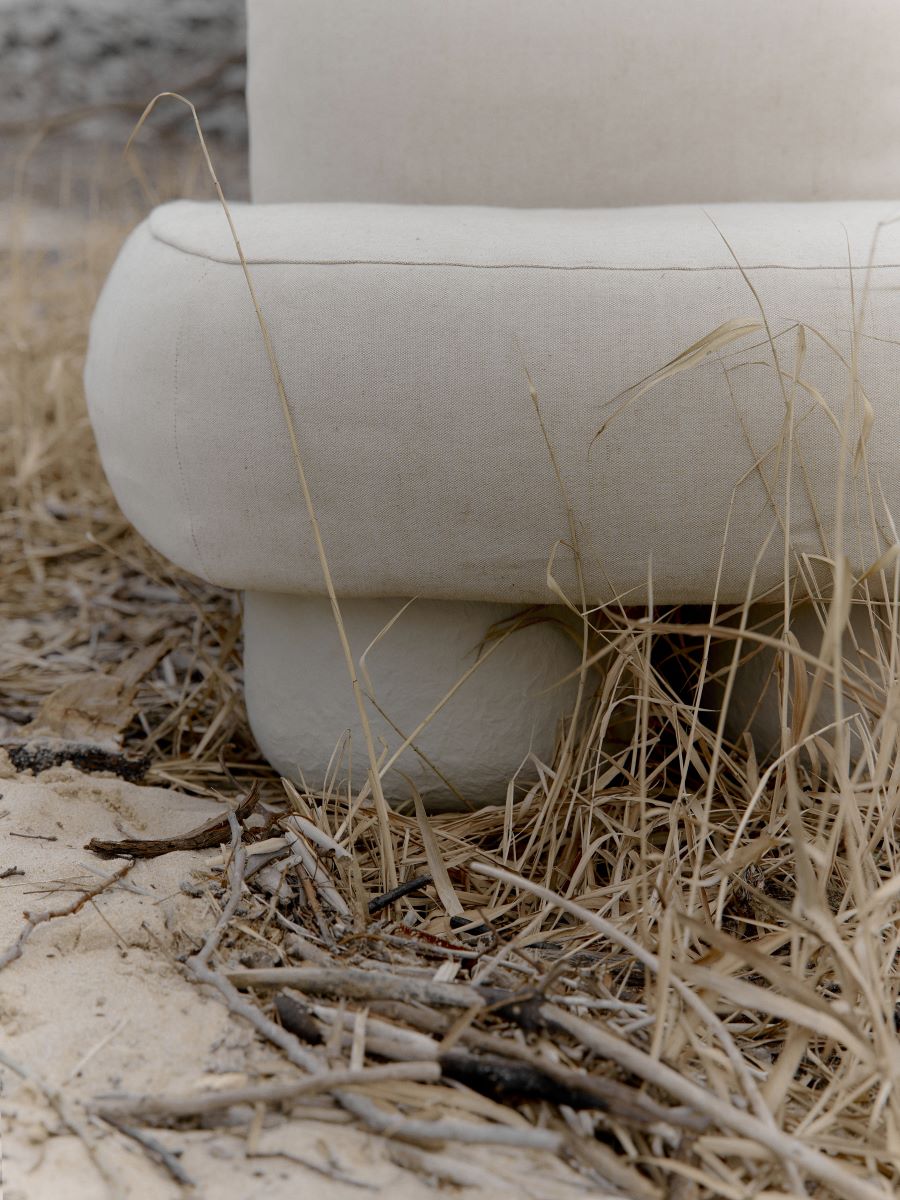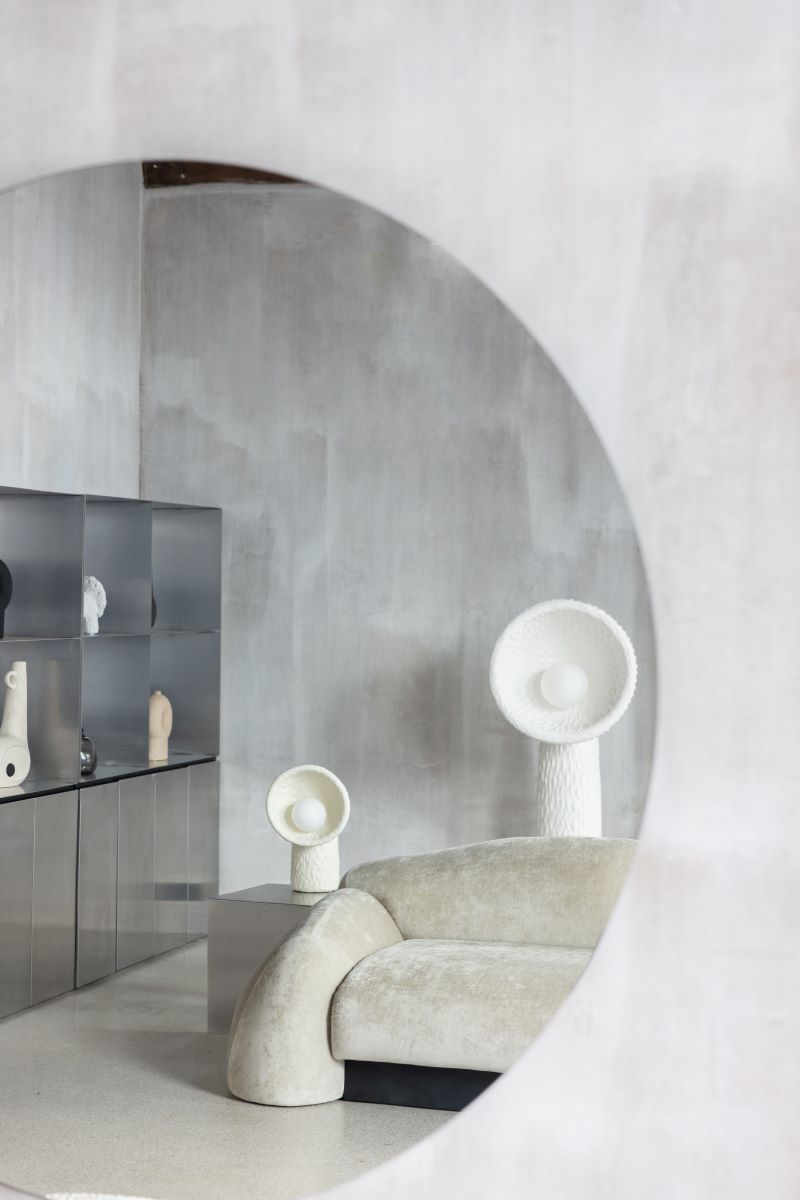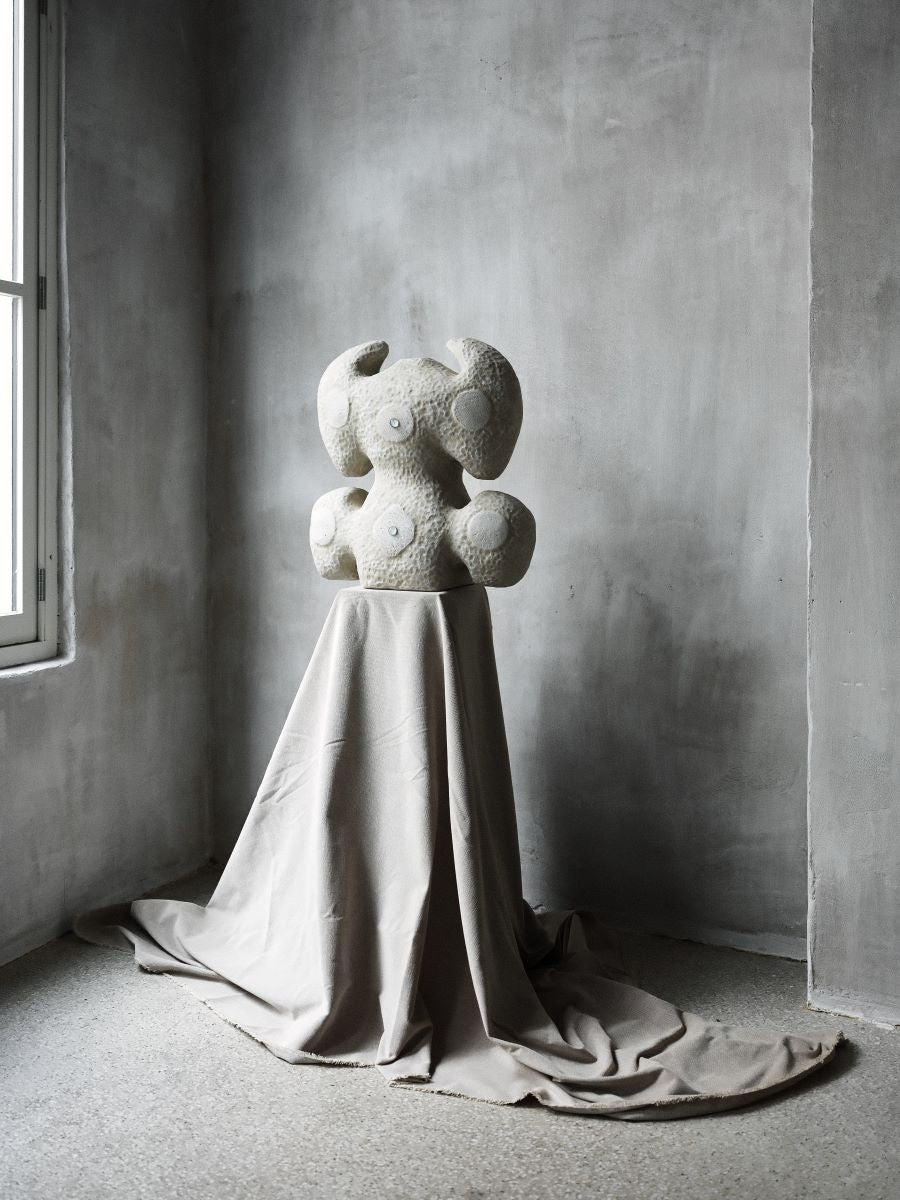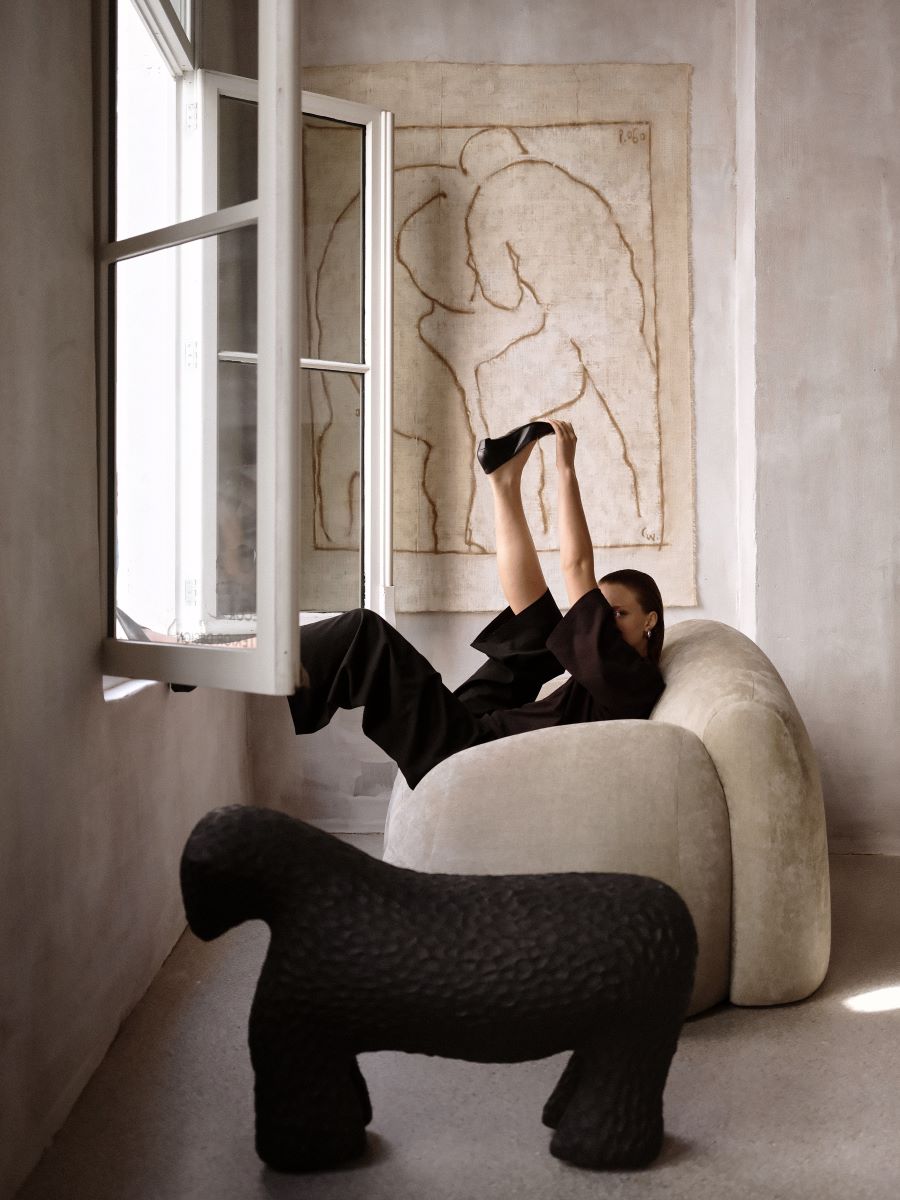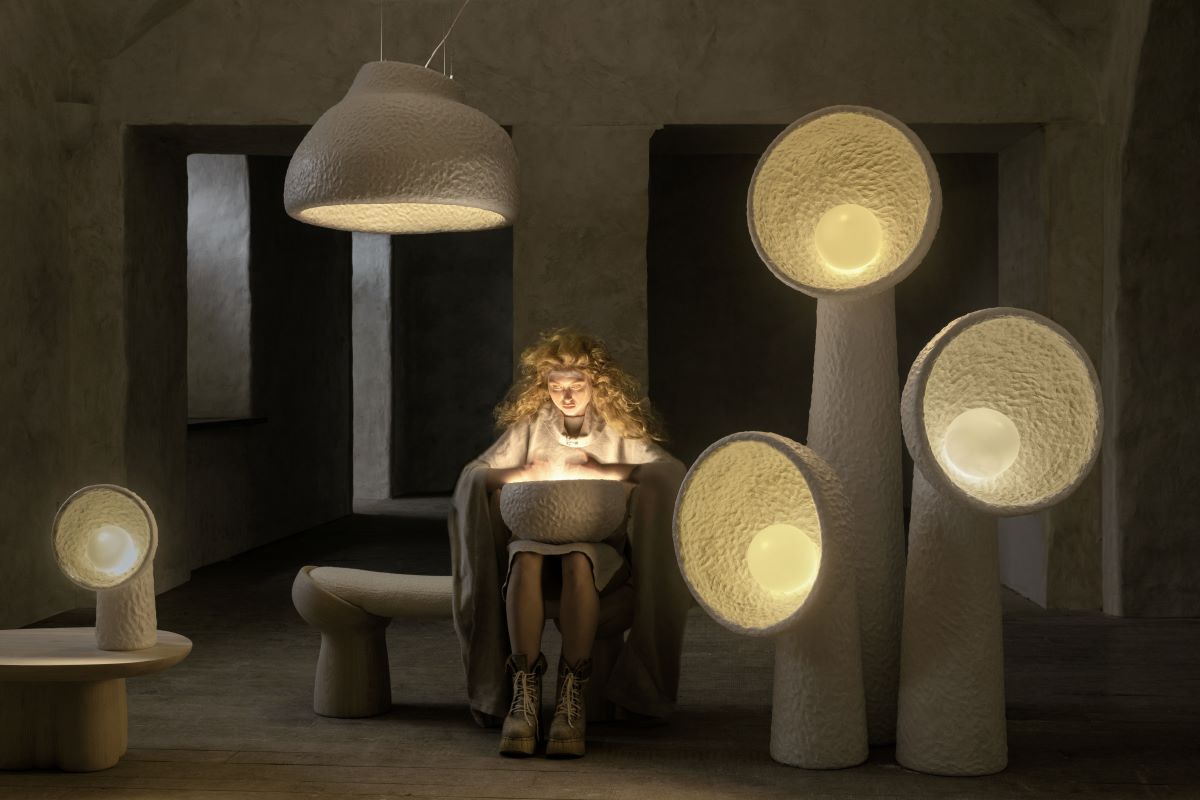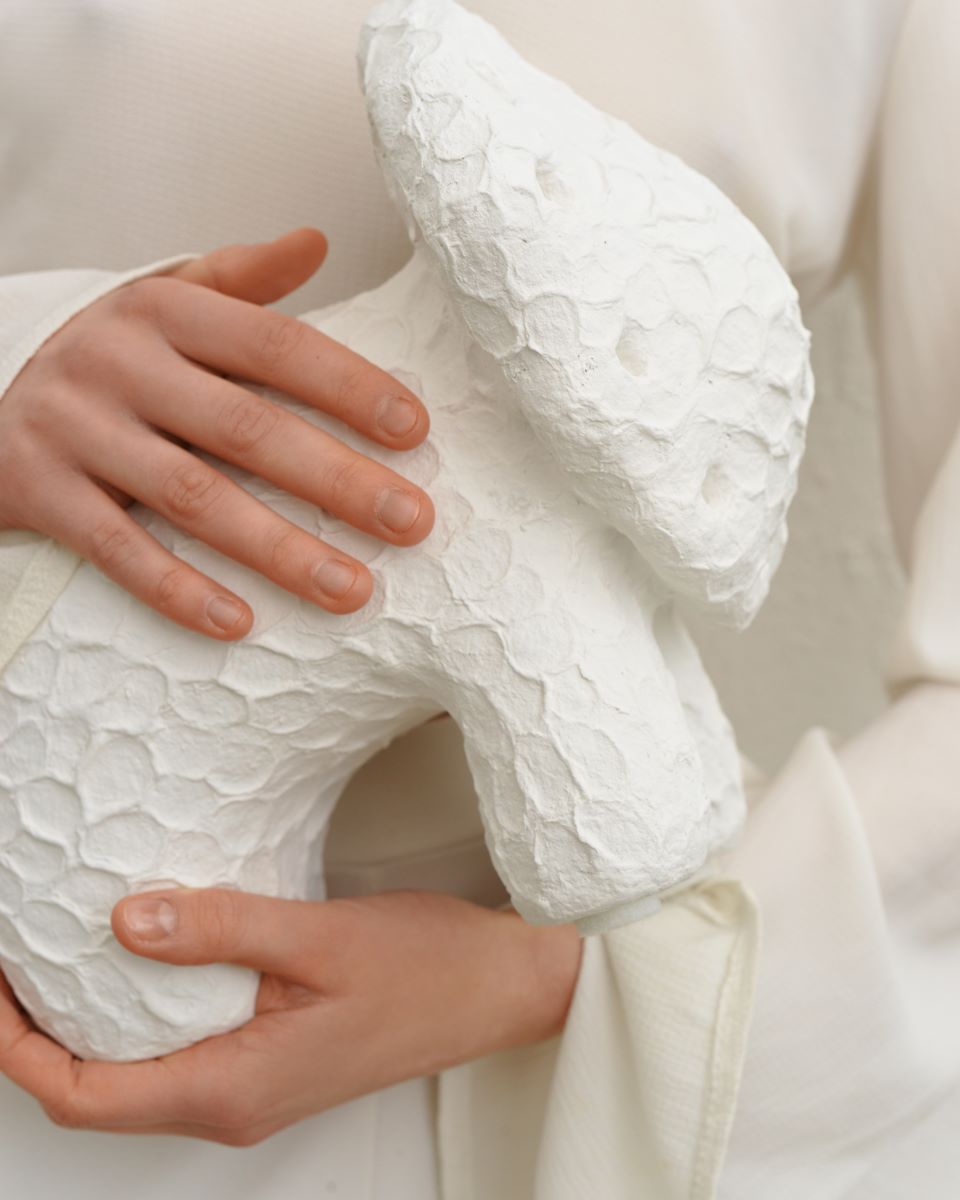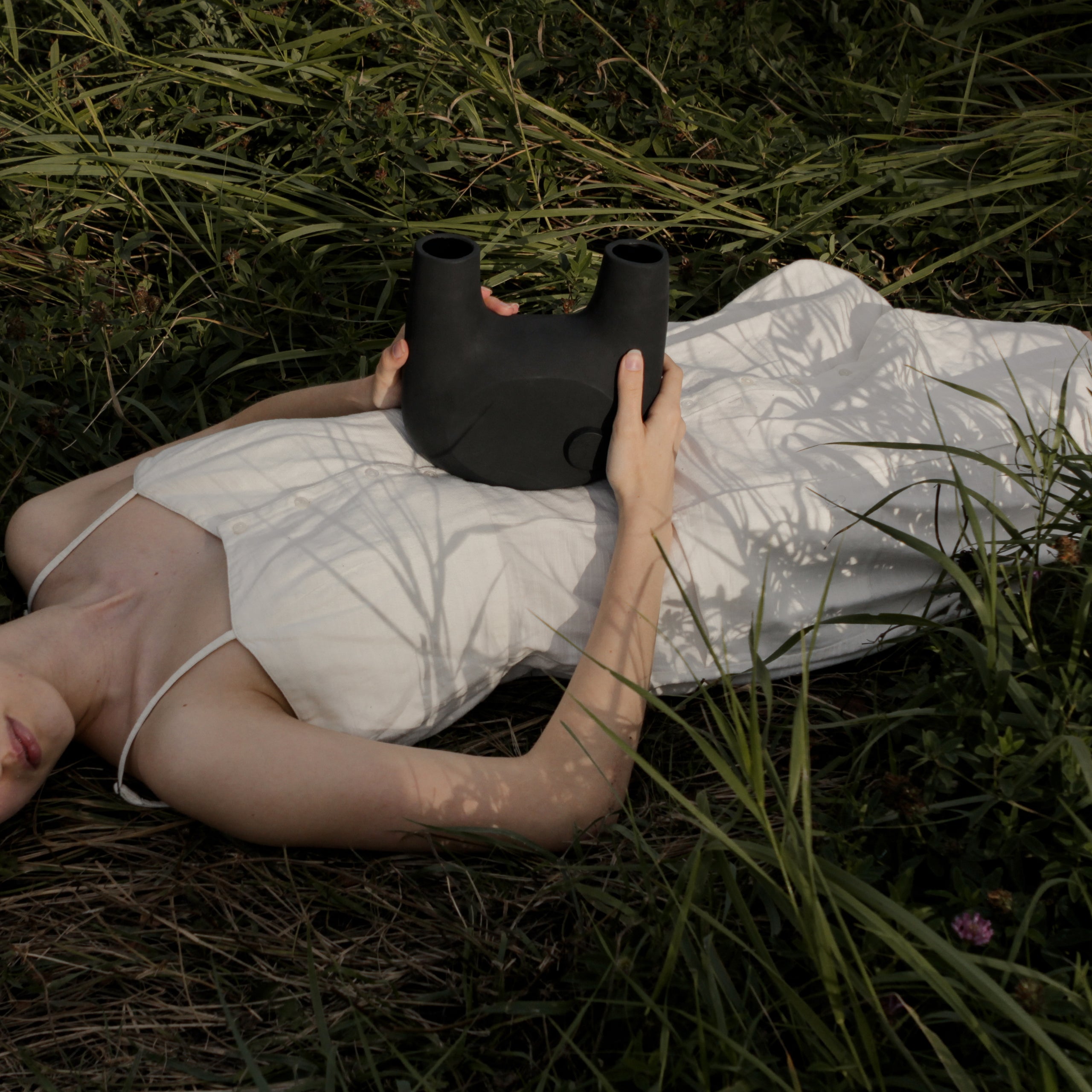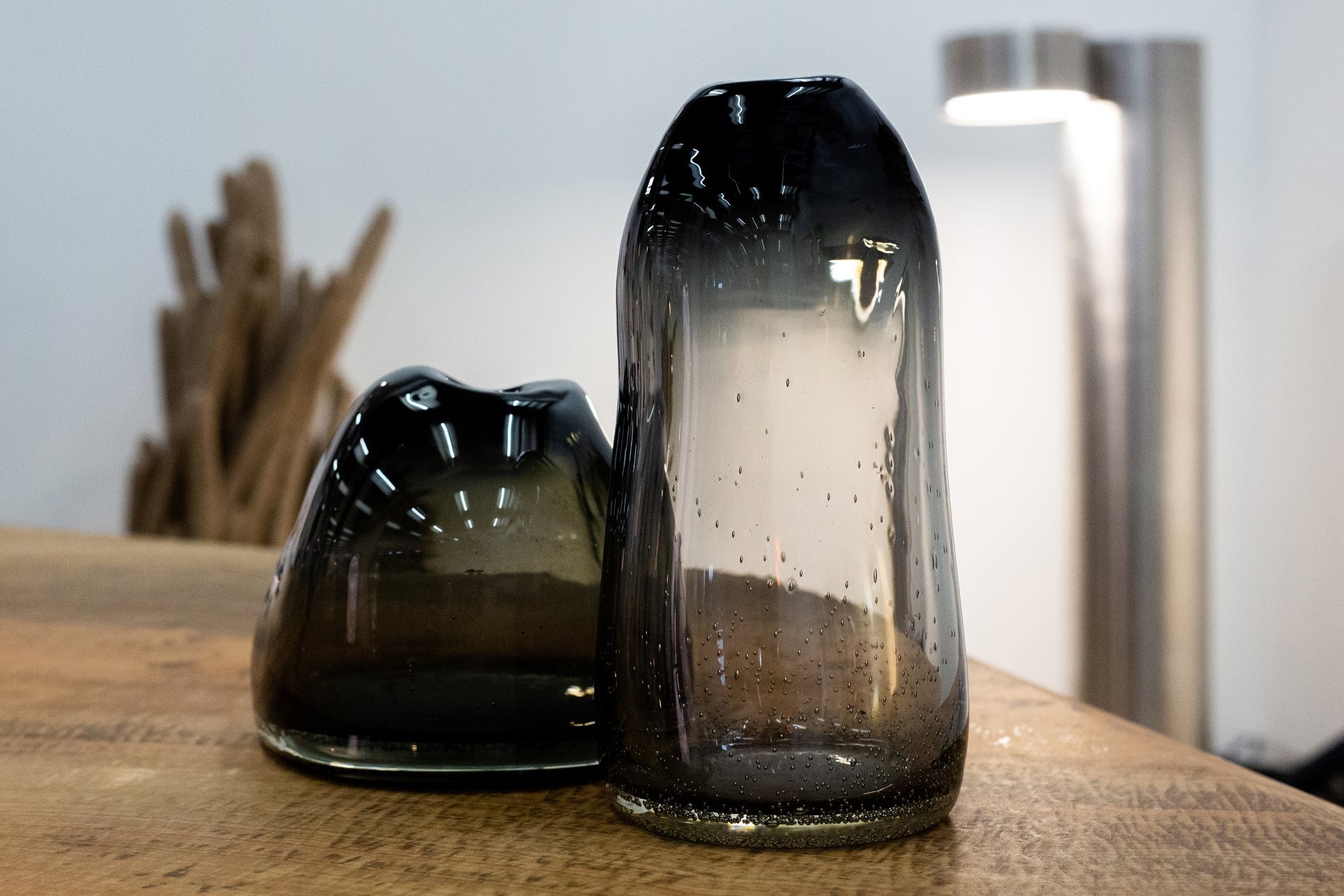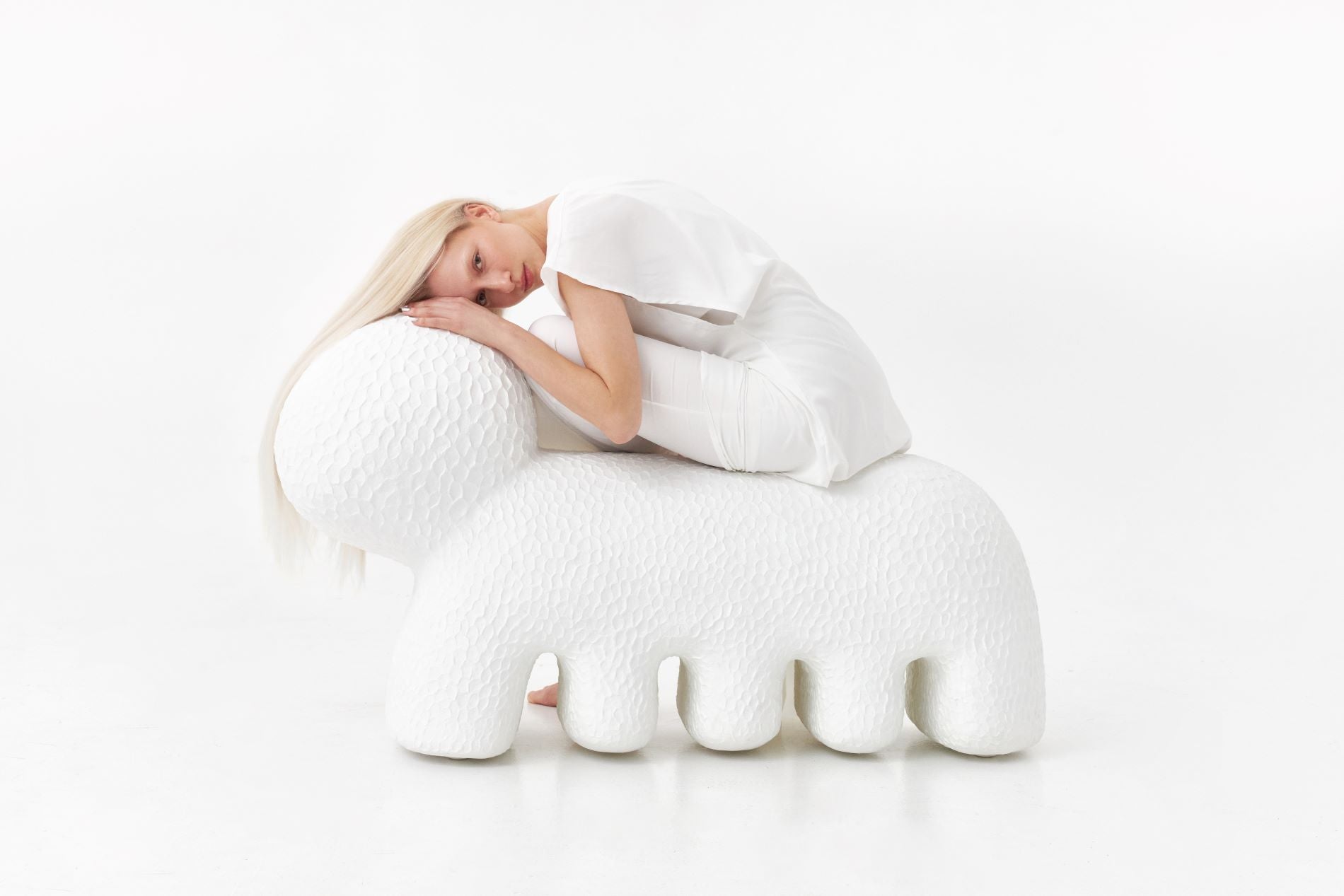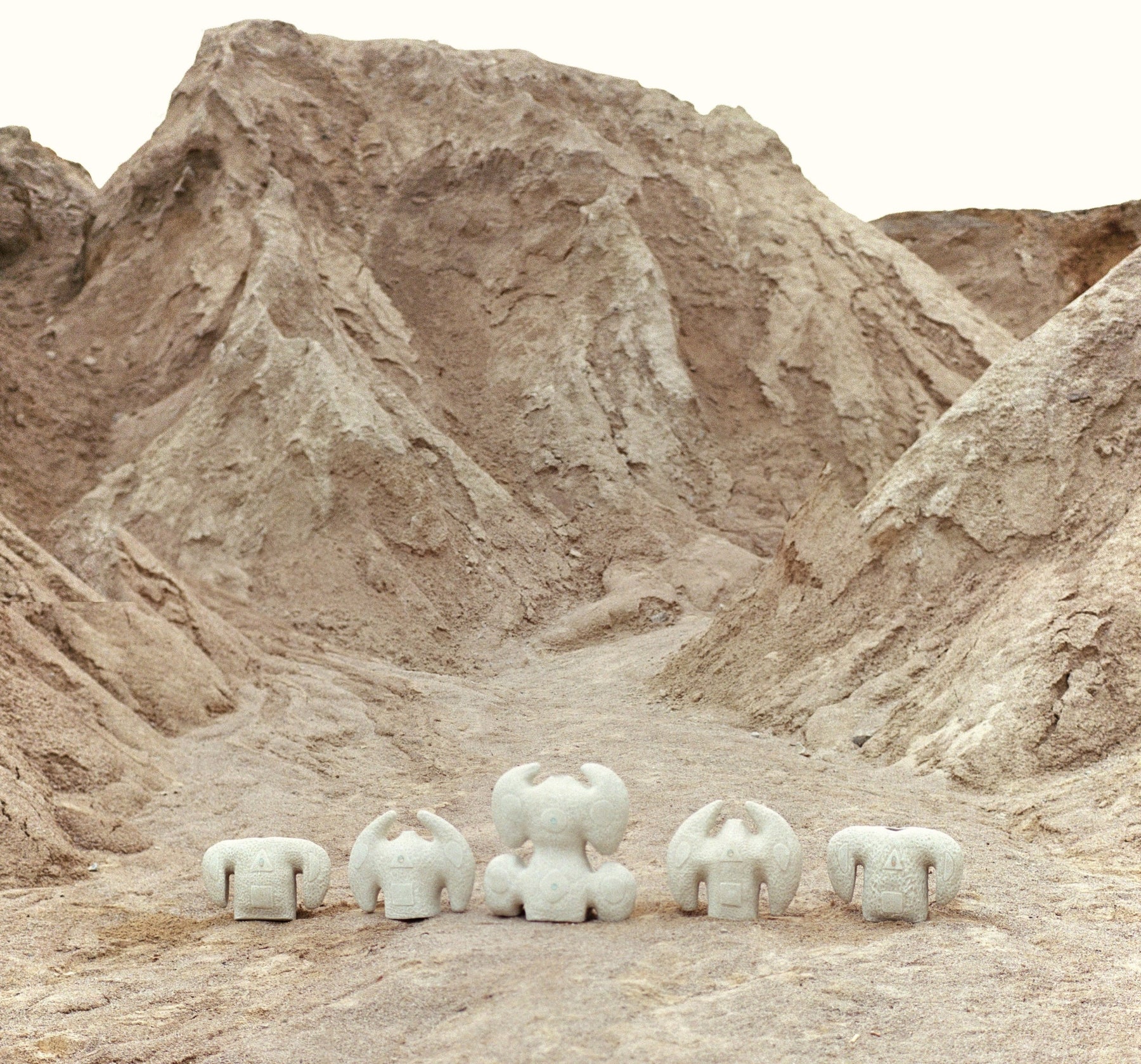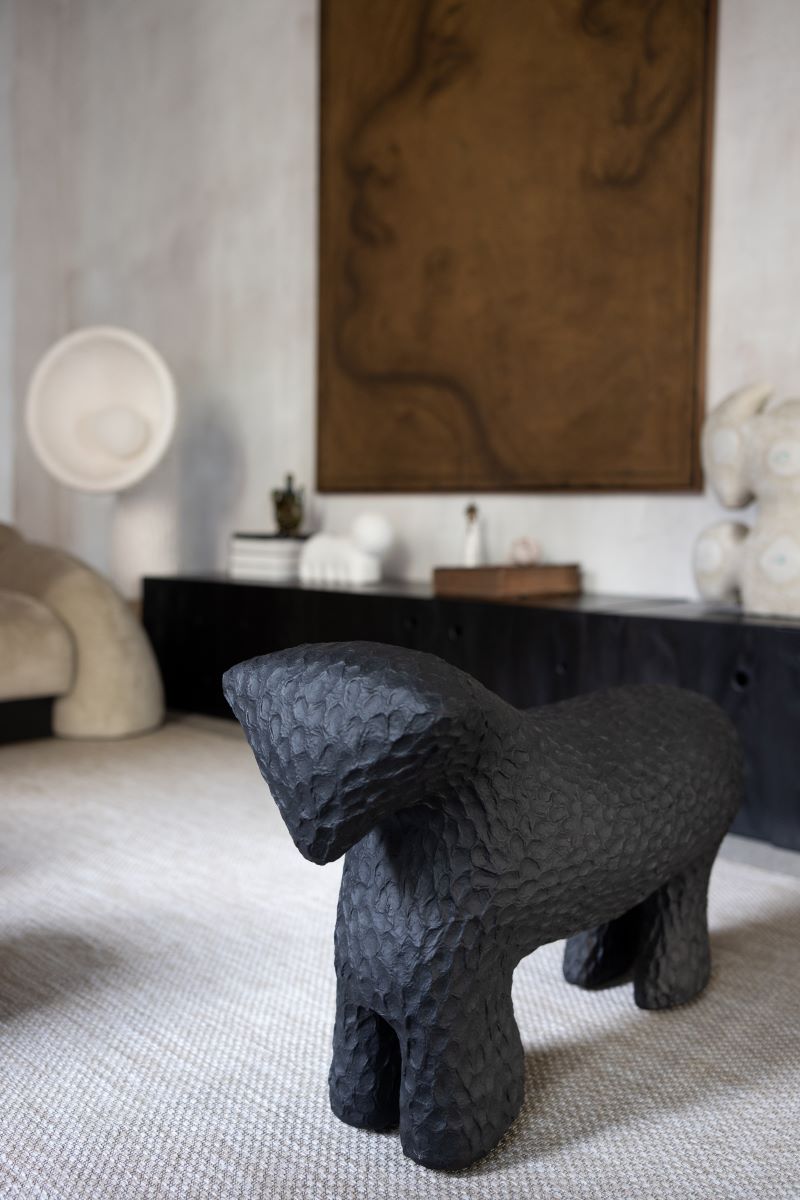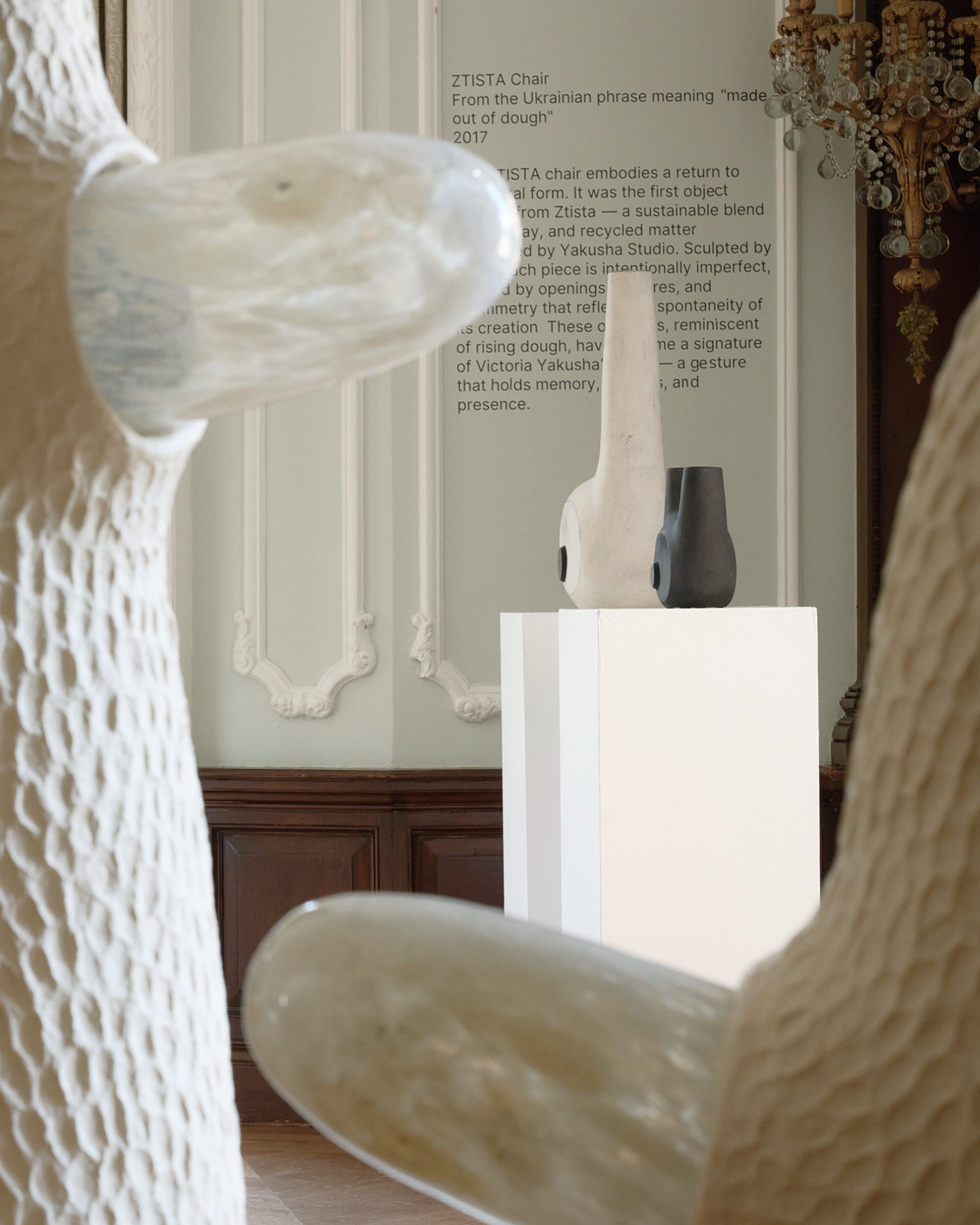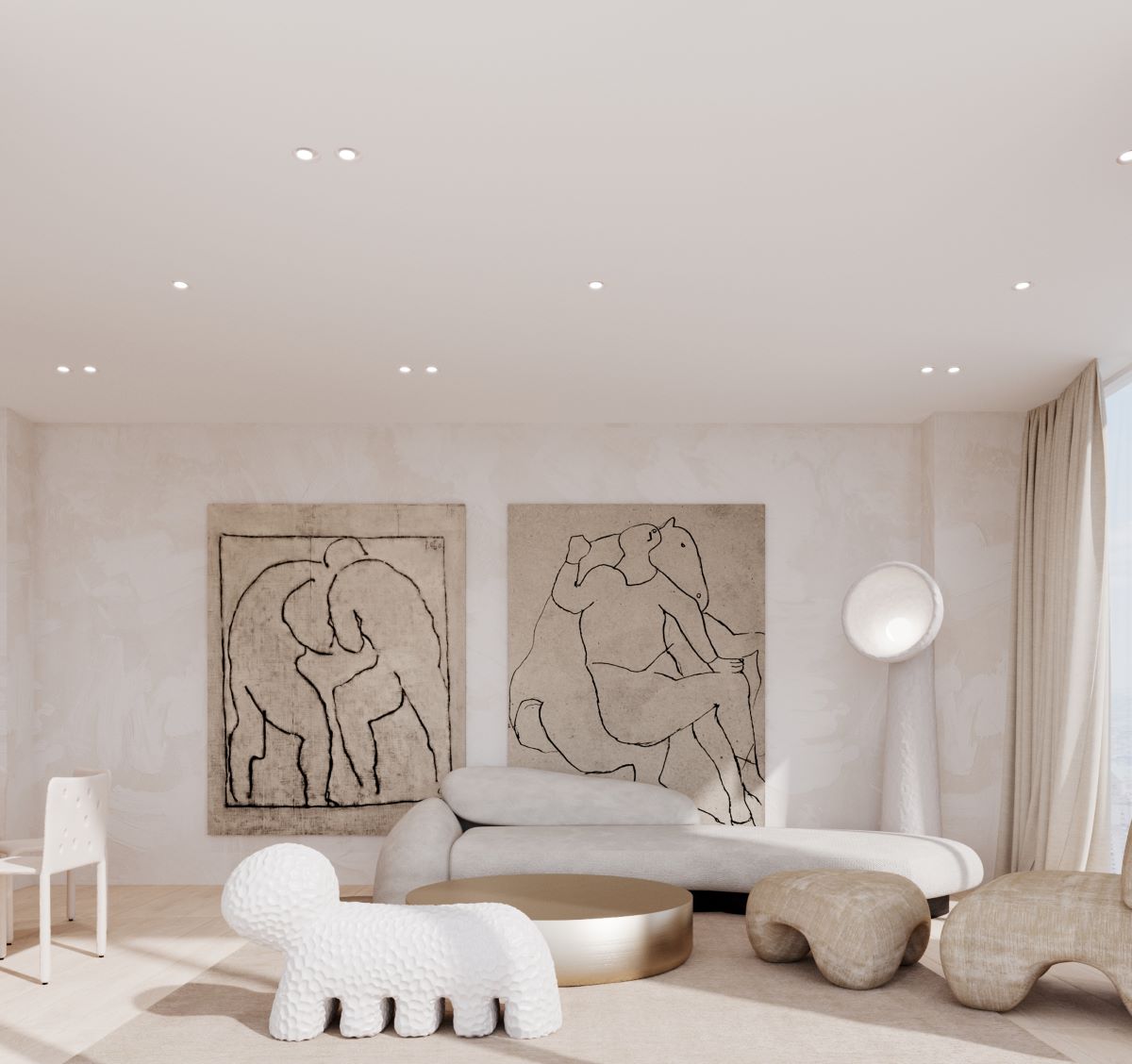Interior Design in Antwerp by Victoria Yakusha
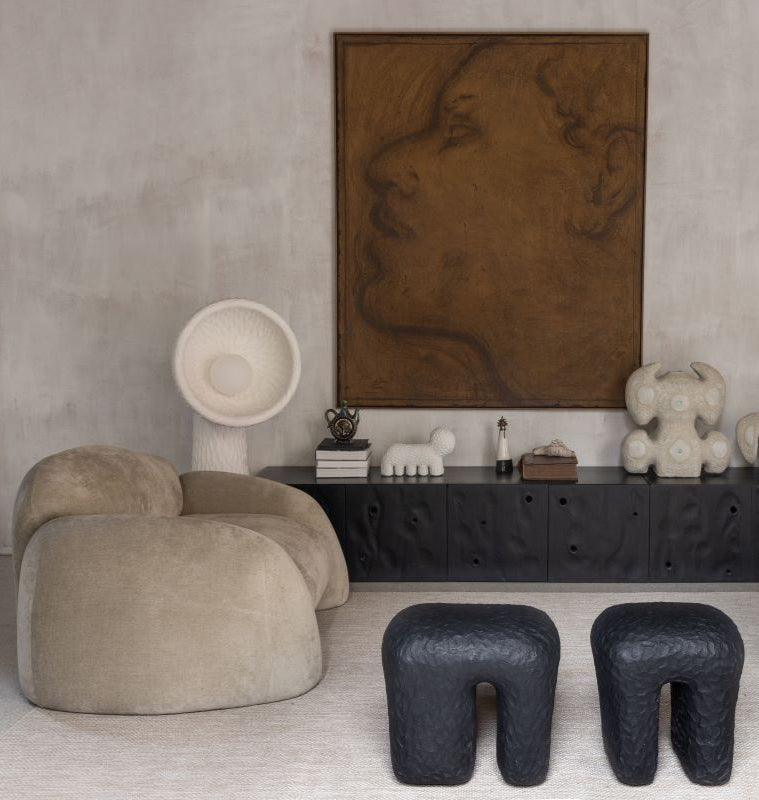
What Is “Living Minimalism” in Contemporary Design?
Interior Design in Antwerp by Victoria Yakusha
Victoria Yakusha developed the term "live minimalism" in 2020. Yakusha redefines minimalism by introducing culturally significant natural elements that have a strong bond with customs and cultural heritage. This strategy relies heavily on handiwork and traditional craftsmanship, where sustainability is crucial. Live minimalism is not just an aesthetic choice; it is a way of living and thinking. It is about stripping away the unnecessary to reveal the essential, but it does so with a deep respect for nature and history. The philosophy is rooted in the belief that every object should tell a story—one that is connected to the past and projects into the future. This approach is a cornerstone of sustainable simplicity, which seeks to integrate minimalist design with eco-conscious living. By charging with the energy the habitants of the space.
How It Transcends Classic Minimalism
While classic minimalism—born of De Stijl, Bauhaus, and 1980s Zen-inspired New York architectural practice—emphasized form, function, and the absence of ornament, living minimalism goes further.
Materiality & Texture rather than just geometry. The cold austerity of glass, polished steel, and enormous empty volumes were the hallmarks of classic minimalism. Living materials like clay, wood, wool, and stone are introduced by living minimalism. These tactile components soften interiors, encourage human interaction, and add coziness to areas.
Minimalists reduced everything to the necessities. Every component, whether it be heritage, memory, or emotion, is carefully chosen by living minimalists to tell a story. Each piece of art—a sculptural lamp, a clay sink, and a handcrafted tapestry—has significance.
Human-centered, flexible design. Traditional minimalism frequently seemed unchanging, even sterile. Minimalism in daily life is natural. Furniture is moved. Sunlight causes textures to change. Space is alive, not empty.
“Live Minimalism” Apartment in Kyiv

“Live Minimalism” Apartment in Kyiv
examples of live minimalism in interiors
Victoria Yakusha Studio and FAINA offer profound illustrations of this philosophy in action:
“Live Minimalism” Apartment, Kyiv (2020)
The clay-textured walls and ceilings create a tactile cocoon. Earthy hues form a neutral base, enriched by soft rugs, natural wood furniture, and sculptural SONIAH pieces. It’s minimalist—yet feels lived-in, warm, intentional.
Live design interior (2020)
It uses raw, honest materials and soft, sculptural forms to provide emotional clarity instead of sterile emptiness. The furniture feels almost alive because of its soft curves, which beckon touch and presence. The room is grounded in something more profound than design thanks to a hanging branch that hangs from the ceiling in a silent nod toward nature. Warmth without clutter is achieved with earthy hues, a tactile wall textile, and a simple wooden stool. Nothing is overdone, but everything is deliberate.
HMARA Concept (2021)
Named for the Ukrainian word “cloud,” HMARA invites mindfulness. Earthy tones, clay walls, and natural fabrics come together to foster both visual calm and sensory richness—“immersing the user in a calm, natural environment”


Interior in Antwerp by Victoria Yakusha

Interior in Antwerp by Victoria Yakusha
How FAINA and Yakusha Studio Embody the Philosophy
Living Minimalism is brought to life by FAINA and Yakusha Studio through a design language that is radically honest and intensely emotional. Our work, which has Ukrainian roots, goes beyond traditional minimalism by adding sensory depth, artisanal craftsmanship, and cultural memory. Every piece, whether it's a sculpture or an interior space, is made with purpose by regional craftspeople who use natural materials like clay, wood, and linen. They then carefully shape the pieces over time. The studio's preference for an earthy, grounded color scheme that mimics nature makes spaces feel serene yet vibrant. Through the use of slow design principles and low-impact materials, sustainability is woven into the very fabric of their work, making it an ethical decision rather than an aesthetic one. Above all, Yakusha’s interiors are never empty. Every texture, curve, and flaw tells a story in these places of quiet presence, where silence has meaning. FAINA and Yakusha Studio design environments that feel—deeply, purposefully, and honestly—rather than just places to live.
Large TIARA vase by Victoria Yakusha

Large TIARA vase by Victoria Yakusha
Why it matters
Live minimalism appeals to people who are looking for both clarity and connection, not just those who are drawn to sterile, white spaces. It's for people who appreciate crisp lines but yearn for tactile depth, who think a house should preserve memories rather than gather dust. Living minimalistically provides a peaceful haven of depth, intention, and serenity in a world full of incessant noise and digital clutter. Its visual simplicity, which never feels empty, offers psychological relief. It adds authenticity by using genuine materials, handcrafted items, and poignant tales. Beyond using eco-friendly materials, it promotes a more deliberate, humane approach to design as part of its dedication to sustainability.
Live Minimalism encourages us to design spaces with intention, joy, restraint, and reverence, just as we might live. It is a luxury of meaning rather than a denial of luxury. It's not lifeless minimalism. It's deeper but less. This is more than just an interior design aesthetic at FAINA and Yakusha Studio. It is a design concept with roots in humanity and heritage that is intended for people who value not just form but also emotion, as well as beauty and belonging.

